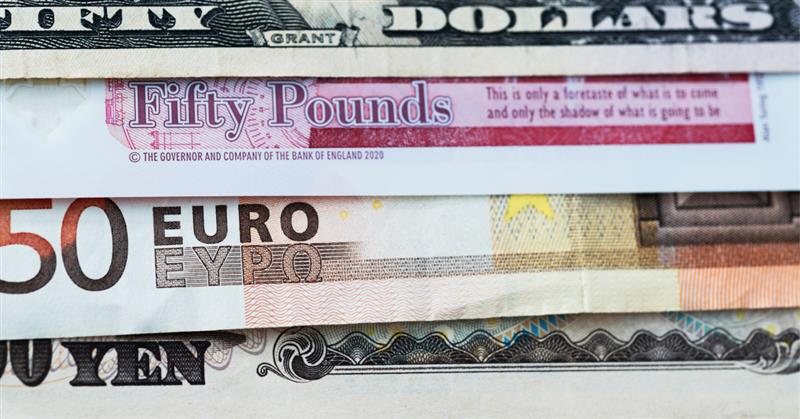Insights
The US dollar had a mixed performance in September

The US dollar had a mixed performance in September, posting gains against the pound and the yen, but underperforming versus the euro. The early September jobs data set the tone for the first part of the month, with dollar bears taking control and pushing euro/dollar to a new four-year high. But, despite the mid-month Fed rate cut, the relatively less dovish rhetoric at the Fed meeting and the stronger US data fueled a dollar bid.
With the euro taking a backseat and the ECB keeping rates unchanged, the yen was in the spotlight as prime minister Ishiba resigned, setting the wheels in motion for the next PM, creating another obstacle to the BoJ’s intention to hike rates again before year-end. Meanwhile, UK mixed data, the balanced BoE meeting and a brewing crisis within the Labour government kept the pound under pressure, underperforming versus the dollar in September.
Finally, gold continued its journey higher, recording new all-time highs almost daily. It ignored the dollar’s performance and was instead fueled by de-dollarization, concerns about US President Trump’s growing influence on the Fed, tariffs developments, and the imminent US shutdown.
September showed a measured improvement relative to the pronounced erratic market behaviour experienced in August. Although markets continued to exhibit short-term reversals and a lack of clear directional trends, the IXI strategy was able to identify and capitalise on selective opportunities, resulting in a positive contribution to performance. That said, certain key US data releases proved once again unfavourable to the strategy’s positioning, tempering what could have been a more robust gain.

